The discovery of an ancient mangrove forest on Barro Colorado Island in the Panama Canal has transported researchers back in time, offering a glimpse into a world that existed 22 million years ago. This remarkable find, featuring a previously unknown species of mangrove named Sonneratioxylon barrocoloradoensis, has opened up new avenues for understanding the ecological history of Central America during the Early Miocene epoch.
The fossilized remains of this lost forest, preserved by a sudden volcanic event, provide a unique window into the past. With trees reaching heights of up to 131 feet, these ancient mangroves towered over their modern counterparts, painting a picture of a lush, thriving ecosystem that once dominated the narrow peninsula connecting North America to what would later become Central America. This extraordinary discovery not only sheds light on the region’s geological and botanical history but also offers valuable insights into climate change and species evolution over millions of years.
The Volcanic Event: Exploring how volcanic activity preserved the ancient forest
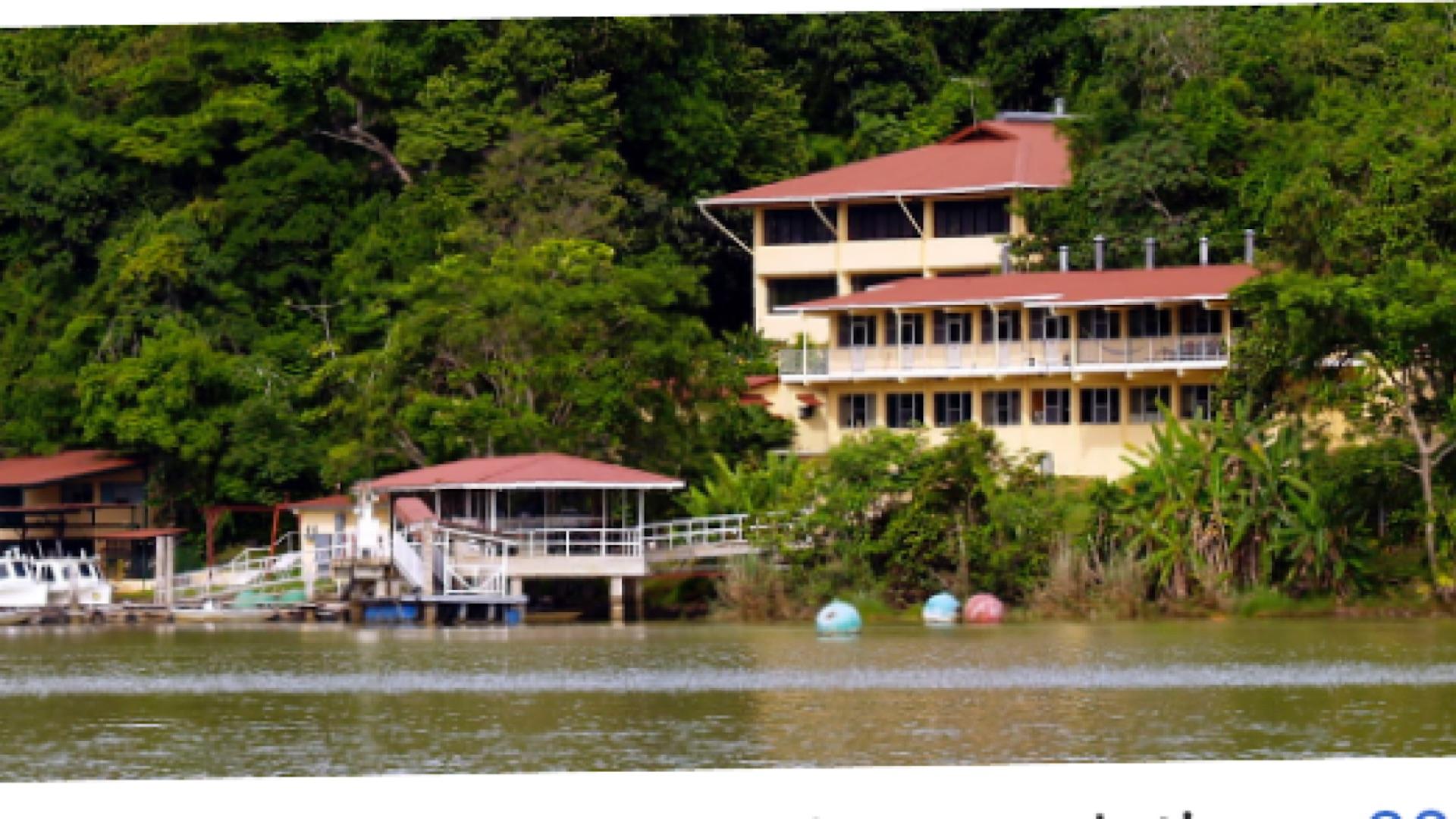
The preservation of the ancient mangrove forest on Barro Colorado Island is a testament to the powerful forces of nature. A catastrophic volcanic event, likely a single massive eruption, buried the entire forest in ash and debris, creating ideal conditions for fossilization. This rapid entombment protected the organic material from decay and oxidation, allowing for remarkable preservation of wood structures.
The volcanic activity that preserved this forest also provides valuable insights into the geological history of the region. By studying the composition and layering of the volcanic materials, researchers can piece together the sequence of events that led to the forest’s preservation and gain a better understanding of the volcanic processes that shaped ancient Panama.
Sonneratioxylon barrocoloradoensis: Analyzing the unique characteristics of this new mangrove species

The discovery of Sonneratioxylon barrocoloradoensis represents a significant advancement in our understanding of mangrove evolution. This previously unknown species exhibits characteristics that set it apart from modern mangroves, most notably its impressive height, with some specimens reaching up to 131 feet tall. The wood anatomy of S. barrocoloradoensis shares similarities with mangroves native to Southeast Asia, suggesting potential evolutionary links or parallel adaptations.
Studying the unique features of this ancient species can provide insights into how mangroves have adapted over millions of years. By comparing S. barrocoloradoensis to its modern relatives, researchers can trace the evolutionary path of mangroves and better understand how these crucial coastal ecosystems have changed in response to shifting environmental conditions throughout Earth’s history.
Mangrove Evolution: Comparing ancient and modern mangrove ecosystems
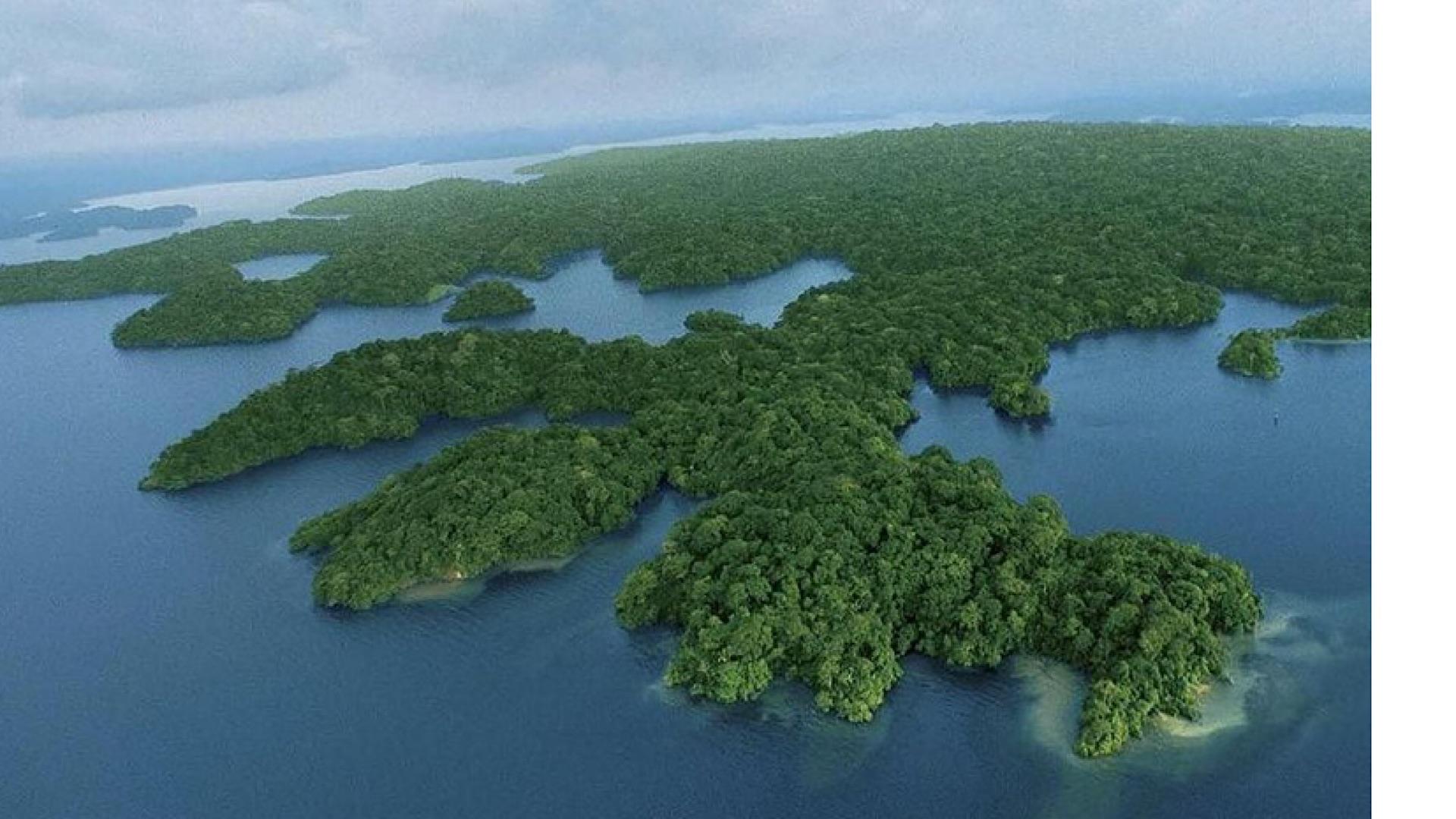
The discovery of the ancient mangrove forest on Barro Colorado Island offers a rare opportunity to compare prehistoric mangrove ecosystems with their modern counterparts. The most striking difference is the sheer size of the ancient trees, which dwarfed today’s mangroves. This disparity raises questions about the environmental factors that allowed for such impressive growth and the evolutionary pressures that may have led to smaller modern species.
By examining the anatomical structures of S. barrocoloradoensis and comparing them to living mangroves, researchers can identify adaptations that have persisted over millions of years, as well as those that have changed. This comparative analysis can reveal how mangroves have evolved to cope with changing sea levels, salinity, and climate conditions, providing valuable insights into the resilience and adaptability of these important coastal ecosystems.
Early Miocene Climate: Understanding the environmental conditions that supported these massive mangroves
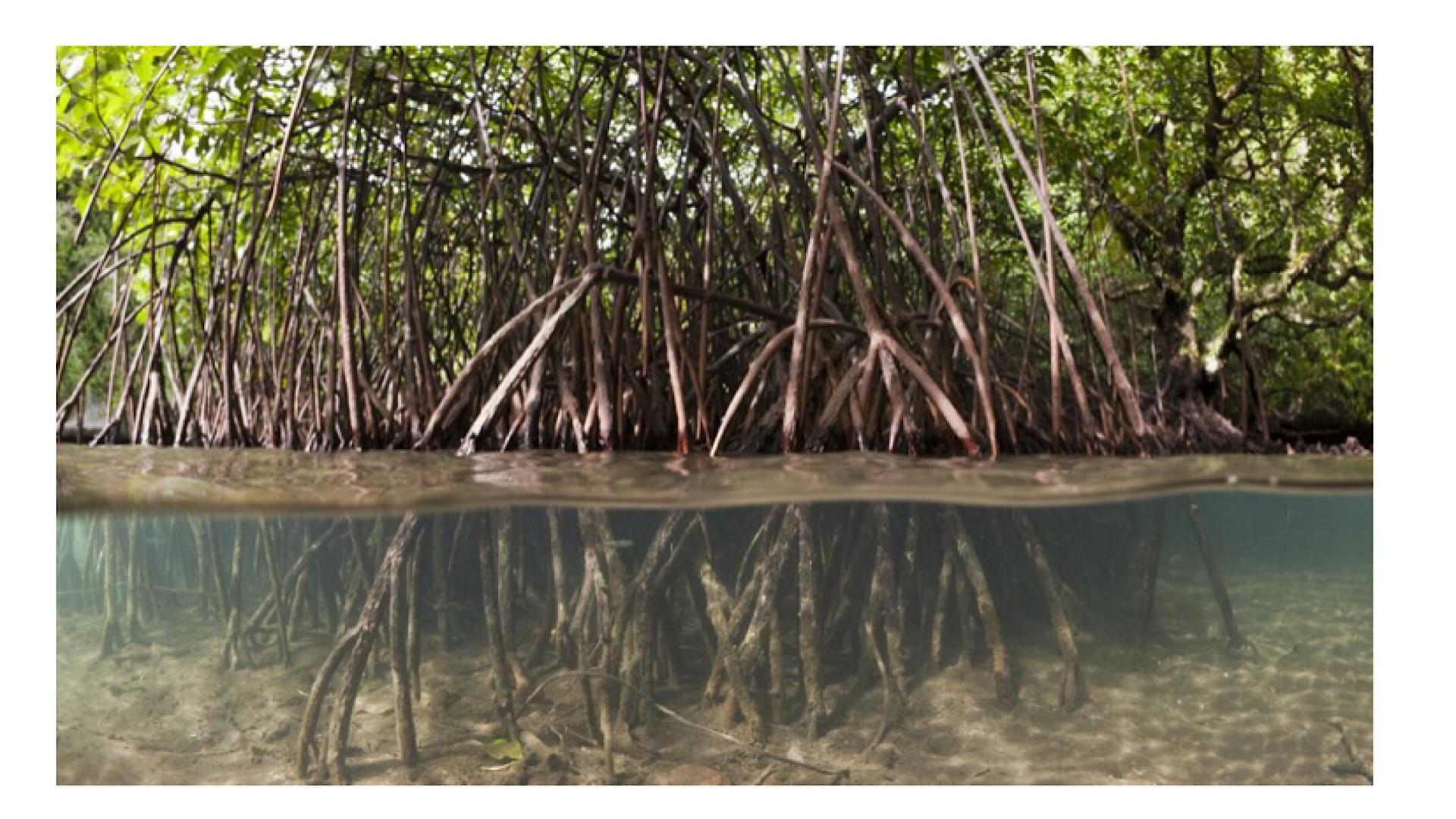
The Early Miocene epoch, during which the newly discovered mangrove forest thrived, was characterized by a warmer global climate than today. This period, approximately 23 to 16 million years ago, saw higher sea levels and more uniform temperatures across the globe. These conditions likely contributed to the impressive growth of S. barrocoloradoensis, providing an environment conducive to the development of massive mangrove trees.
Studying the fossilized remains and associated sediments can offer clues about specific environmental factors such as temperature, rainfall patterns, and atmospheric CO2 levels during this period. This information is crucial for understanding not only the conditions that supported these ancient mangroves but also for gaining insights into past climate dynamics. Such knowledge can inform our understanding of current climate change and its potential impacts on modern ecosystems.
Geological History of Panama: Tracing the formation of the isthmus connecting North and South America

The discovery of the ancient mangrove forest provides a snapshot of Panama’s geological history during a critical period of its formation. In the Early Miocene, Central Panama was part of a long, narrow peninsula connected to North America but separated from South America by a marine strait. This configuration played a crucial role in the exchange of species between the two continents and the evolution of unique ecosystems in the region.
The presence of S. barrocoloradoensis on what is now Barro Colorado Island offers evidence of the changing landscape as volcanic activity gradually filled in the strait. By studying the fossilized forest and surrounding geological formations, researchers can reconstruct the step-by-step process of how the Isthmus of Panama formed, ultimately connecting North and South America and profoundly impacting global ocean currents, climate patterns, and biodiversity.
Research Techniques: Examining the methods used to date and analyze the fossilized wood
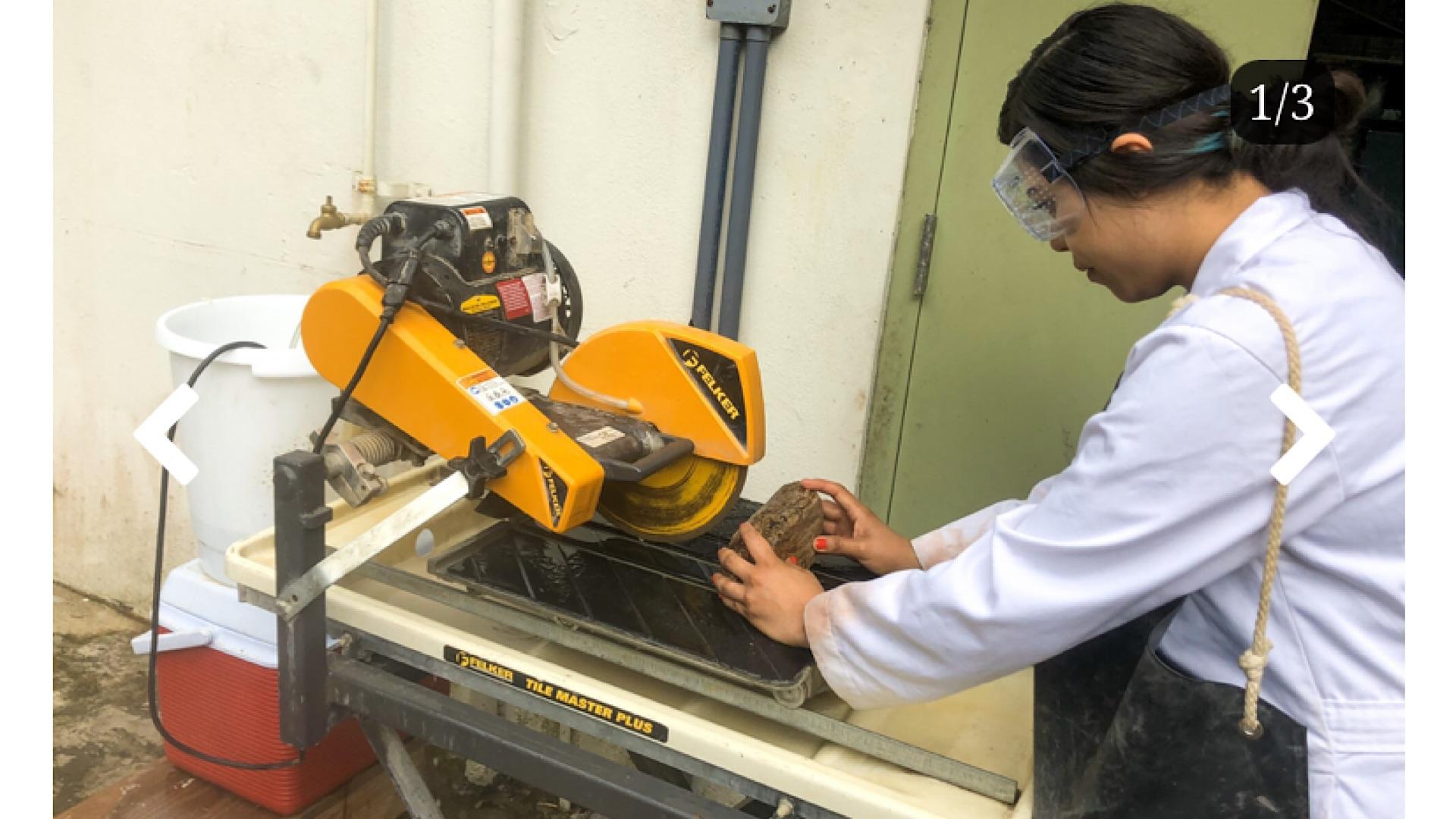
The study of the ancient mangrove forest on Barro Colorado Island employs a variety of sophisticated research techniques. Radiometric dating methods, such as carbon-14 dating for younger samples and potassium-argon dating for older specimens, are crucial in determining the age of the fossilized wood. These techniques measure the decay of radioactive isotopes within the samples, providing researchers with accurate age estimates.
Microscopic analysis of the wood anatomy is another key research method. By examining thin sections of the fossilized wood under high-powered microscopes, scientists can identify unique cellular structures and growth patterns. This detailed analysis allows for the classification of the species and comparison with both modern and other fossilized mangrove species, providing insights into evolutionary relationships and adaptations.
Barro Colorado Island: The significance of this location for tropical research
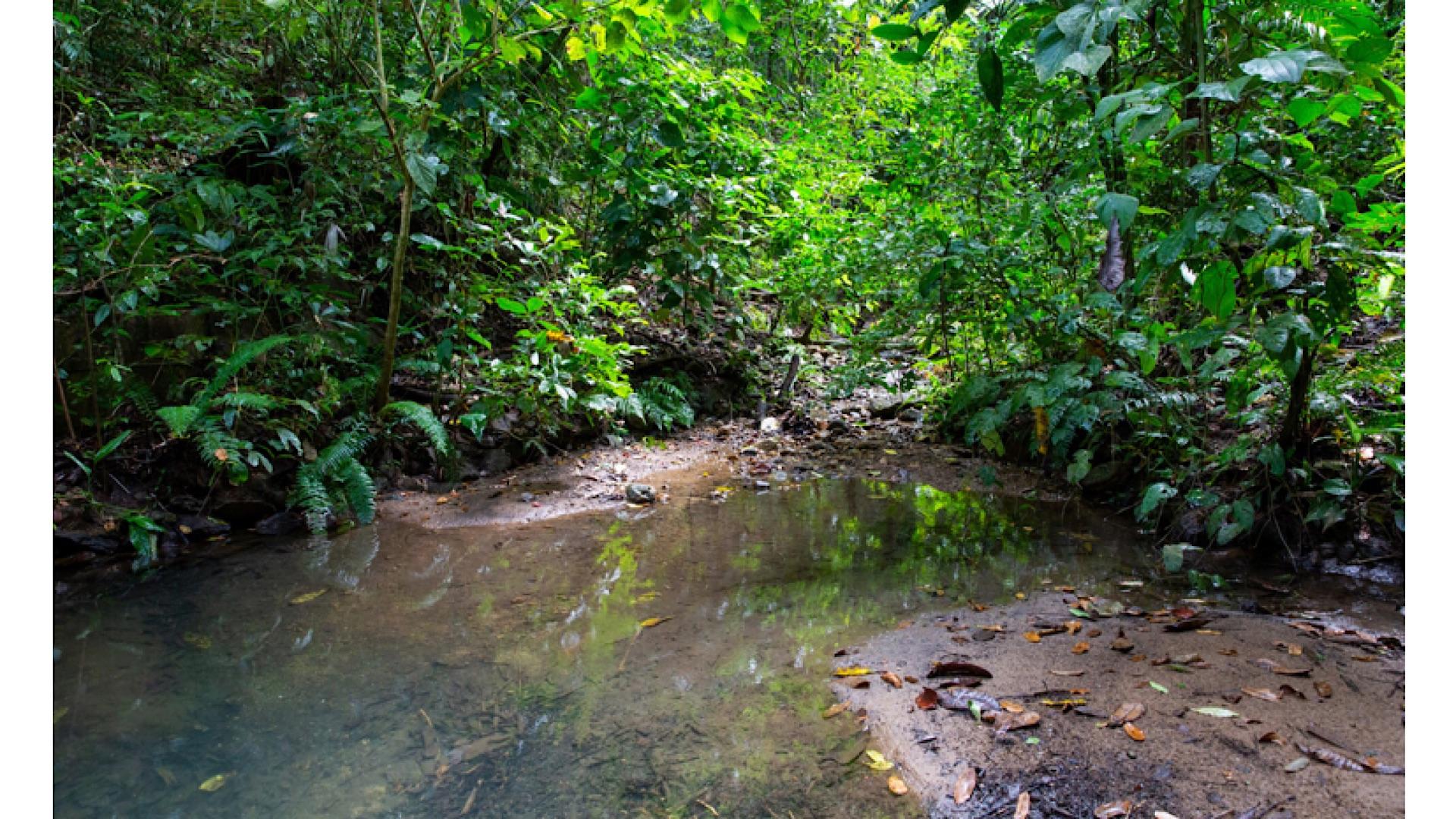
Barro Colorado Island, formed during the creation of the Panama Canal, has been a cornerstone of tropical research for over a century. Its status as a protected area has allowed for long-term ecological studies, providing invaluable data on tropical forest dynamics, species interactions, and climate change impacts. The island’s diverse ecosystems and relatively undisturbed nature make it an ideal natural laboratory for scientists from around the world.
The discovery of the ancient mangrove forest adds a new dimension to Barro Colorado Island’s research potential. By combining the study of this prehistoric ecosystem with ongoing research on modern tropical forests, scientists can gain a more comprehensive understanding of long-term ecological changes and evolution in the tropics. This unique juxtaposition of past and present makes the island an even more valuable resource for addressing pressing questions in ecology and conservation biology.
Ancient Forests and Climate Change: What can we learn from prehistoric ecosystems?
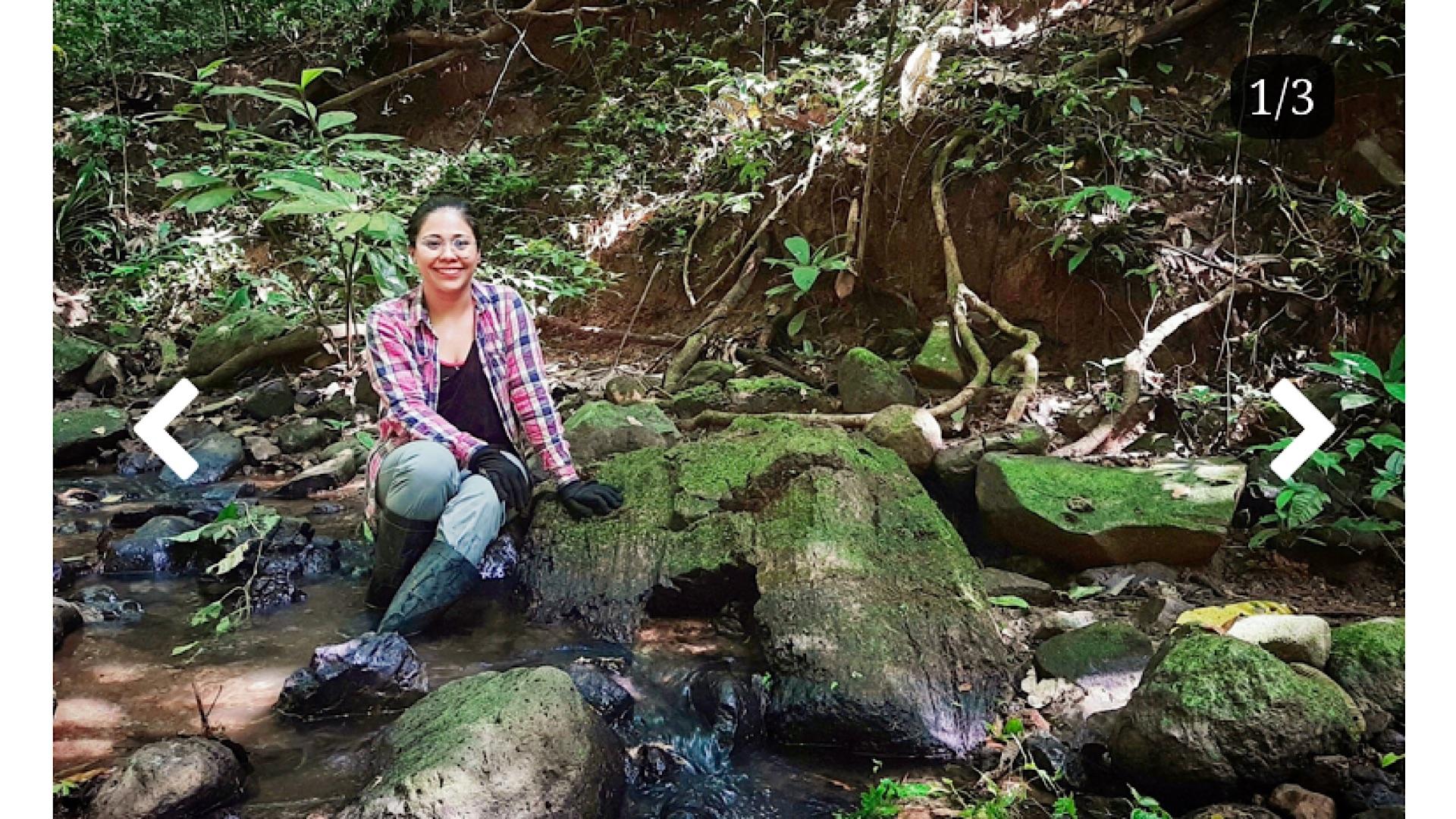
The study of ancient forests like the one discovered on Barro Colorado Island provides crucial insights into past climate conditions and how ecosystems responded to environmental changes. By analyzing the growth patterns, wood density, and chemical composition of fossilized trees, researchers can reconstruct ancient climates and track how plant life adapted to shifting conditions over millions of years.
This historical perspective is invaluable for understanding and predicting the potential impacts of current climate change. By examining how ancient mangroves and other forest types responded to past periods of warming or cooling, scientists can better anticipate how modern ecosystems might react to ongoing climate shifts. This knowledge can inform conservation strategies and help in developing more accurate climate models, ultimately contributing to our ability to mitigate and adapt to future environmental changes.
Biodiversity in Ancient Mangrove Forests: Speculating on the flora and fauna that may have coexisted with S. barrocoloradoensis
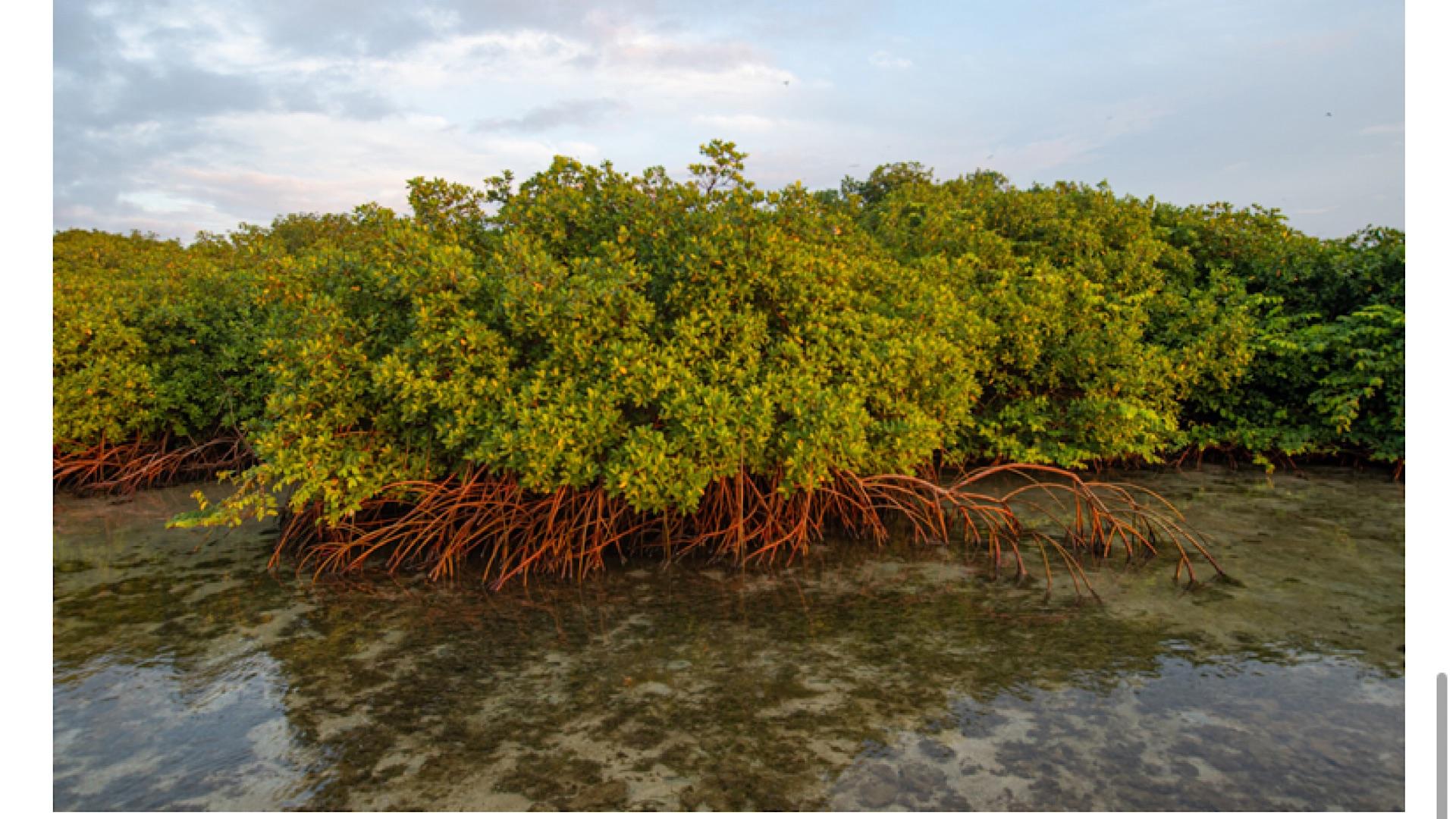
While the fossilized remains primarily reveal information about the mangrove trees themselves, they also provide clues about the broader ecosystem that existed 22 million years ago. By studying the preserved wood and any associated plant or animal fossils, researchers can begin to reconstruct the biodiversity of this ancient mangrove forest. This may include evidence of other plant species, insects, or marine life that left traces in the fossilized wood or surrounding sediments.
Comparing this ancient ecosystem to modern mangrove forests can highlight how biodiversity in these environments has changed over time. Scientists can speculate on the types of animals that might have inhabited these towering mangroves, from ancient species of birds and reptiles to early primates. This reconstruction of past biodiversity not only enhances our understanding of evolutionary history but also provides context for the importance of preserving modern mangrove ecosystems and their rich array of plant and animal life.

